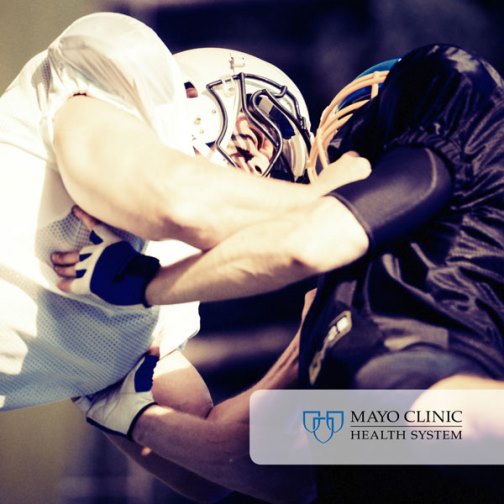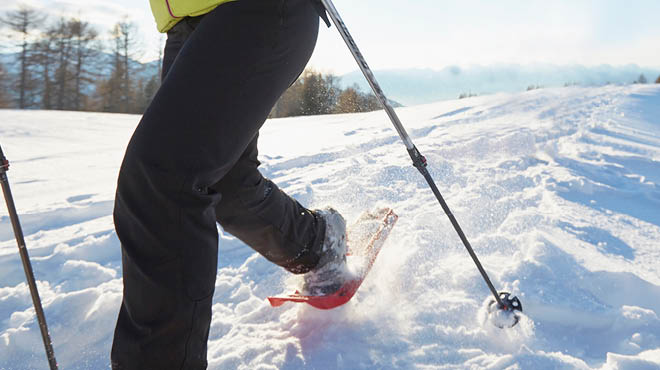Recent Posts
-

-
 Patient StoriesA lifesaver saved: An EMS veteran’s journey from rescue to recoveryNovember 14, 2025
Patient StoriesA lifesaver saved: An EMS veteran’s journey from rescue to recoveryNovember 14, 2025 -

To brace or not to brace: What's the best answer?

If you injure your ankle or knee, should you wear a brace to support the joint? The answer depends on whether it's the ankle or knee, the severity of the injury, and your goals for the level of activity you want to regain.
If you're wondering if a brace would help or hinder your recovery, here are 3 questions to consider:
1. Why use a brace?
Braces range from a simple neoprene sleeve to a complex hinged device. They provide support and warmth, relieve aches and pains, help prevent injury, and aid in healing. It's important to choose the brace that's right for you.
An athletic trainer, physical therapist, or sports medicine or orthopedic provider can make recommendations for your situation.
2. When should an ankle brace be worn?
If you've injured your ankle, like twisting it as you step off a curb, wearing a brace after the accident can provide support and stability, and give you confidence that your ankle will support you. But as the injury heals, you should gradually work toward not needing it anymore.
You may want to continue bracing for high-level activities, like playing basketball or tennis, working out or shoveling snow, but let the ligaments and muscles around your ankle naturally strengthen and heal during lower-level, every day activities. If you're an athlete, save the brace for high-level competitions and practices.
3. How about a knee brace?
Many of the same reasons to brace apply to the knee, too. However, many injuries that cause knee pain actually are related to muscle control at the hip or ankle, so bracing the knee potentially doesn't have the same impact on healing.
If you have early onset, mild arthritis in your knee, a neoprene sleeve can provide support, compression and warmth. These simple braces can be worn as long as they continue to provide relief. Some athletes wear a sleeve or tights that go below the knee for compression and comfort.
However, if you've injured your knee, such as a torn ACL, rely on your surgeon's guidance. Typically, a complex knee brace is worn for the first year. After that, a brace usually isn't needed for low-level activities. Keep in mind it can take up to two years to return to baseline stability. Once you're returned to full function, you can stop wearing a brace.
By Mayo Clinic Health System staff



